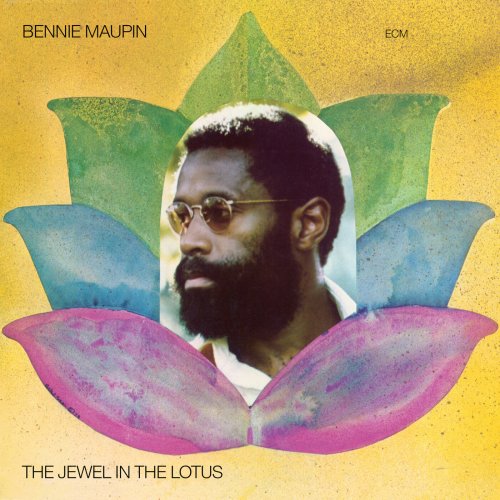Impuls - Impuls (2020) [Hi-Res]
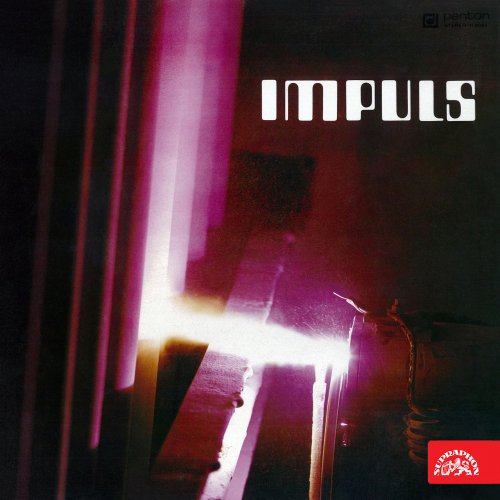
Artist: Impuls
Title: Impuls
Year Of Release: 1977/2020
Label: SUPRAPHON a.s.
Genre: Fusion, Jazz-Rock, Jazz-Funk
Quality: FLAC (tracks) 24/192
Total Time: 39:21
Total Size: 1.4 GB
WebSite: Album Preview
Tracklist:Title: Impuls
Year Of Release: 1977/2020
Label: SUPRAPHON a.s.
Genre: Fusion, Jazz-Rock, Jazz-Funk
Quality: FLAC (tracks) 24/192
Total Time: 39:21
Total Size: 1.4 GB
WebSite: Album Preview
01. Impuls - Horní Konec, Dolní Konec (4:10)
02. Impuls - Červánky (4:50)
03. Impuls - Osmikráska (5:50)
04. Impuls - V Klidu a Pohodě (4:25)
05. Impuls - Sextant (4:45)
06. Impuls - Cumulus (5:06)
07. Impuls - Rico (4:48)
08. Impuls - Povidlové Hody (5:27)
Today, most critics agree that the decisive impetus for the development of contemporary jazz music was the double album of Black trumpeter Miles Davis "Bitches Brew" from 1969. In general - Davis summed up everything that the leading musical figures of the Sixties tried to do - the unification of jazz and rock. After many attempts, which usually remained only within the limits of mutual inspiration, a new chapter began, and a wide and hitherto unknown space appeared, which soon began to be mapped by a whole series of ensembles developing Davis's ideas.
The disintegration of the dams between the various genres became a fact, and over their ruins a single powerful current was set in motion, which was immediately understood by all the listening camps, until recently Strictly following only their own.
Jazzrock music has imprinted its influence on the contemporary world stage, and jazzrock groups have found themselves at the center of interest of a large part of the young audience. The Prague Group Impuls has been one of the most important ones in our country for several years.
It appeared in the autumn of 1974, and already from the first concerts it was clear that it followed the Davis - Corea - Zawinul - Hancock development line. It brings together talented and at the same time experienced jazz and rock musicians: Pavel Kostiuk (1946), Zdeněk Fišer (1950), František Uhlíř (1950), Jaromír Helešic (1947) and the artistic director later becomes Michal Gera (1949). While many young jazzrock groups jumped straight into the middle of the style, many years of experience were reflected in the impulse, and it turned out that the music of the group is not a fashionable matter, but the next stage in the development of modern musicians. Although impulse belongs to jazzrock and adopts its typical means of expression (in rhythm, in the use of electric instruments, whether it is an amplified double bass and a trumpet with an octave divider and a wah-wah, whether it is a synthesizer), at the same time it does not pass by what preceded jazz rock, what preceded the "electric" period of the leading creators of modern jazz. Impulse players know that this is where the key to understanding and contributing to jazz rock lies, which at first glance looks completely new, but in fact draws on the "acoustic" avant-garde of the 1960s, the pivotal moments of free jazz and the rediscovery of national folk cultures. At the same time, he returns to the tops of the rock sphere, which is equally important for the group. "We are primarily interested in jazz enriched with rock elements, a clear, transparent form completely filled with content. We do not want to look for artificially constructed "syntheses", but to continue in jazz by other means. "Just because we play electrified instruments does not mean that we want to give up the benefits of the natural nature of acoustic instruments," they write in 1976. They think, they try, they search. They focus on their own work, which is the best mirror of their musical feeling. Kostiuk, Gera, Fišer and Uhlíř make up the majority of the group's repertoire. Each of them now has its own unique handwriting, and yet it is obvious that they are spiritually related authors. The rich music of the impulse goes the only way - not to climb its own sound and character.
"Independently and without rational speculation, we found that the influence of the domestic environment - Czech, or rather Moravian melodies-is manifested in our play. This is noticeable in the very handling of the melody, in the tonal selection. Throughout the work, we emphasize the balance between the composed component and improvisation."
This Is What is most valuable about the impulse, understanding and mastering the contemporary musical language and own contribution, creative development of the impulses of World Music, Building also on domestic traditions. High playing technique is a matter of course for impulse, authorial and improvisational imagination is a necessity.
The first album represents an impulse from the best sides: it demonstrates a rare instrumental balance (all members of the group are ranked by critics among our best instrumentalists), the melodic inventiveness of the soloists and compositional clarity and construction. Even sonically, the impulse differs from most jazzrock groups, it is finally due to the already unconventional choice of instruments - the combination of a synthesizer, electric trumpet, double bass, guitar with a modern concept of percussion instruments creates specific color areas. The music of impulse is not only an interesting experiment, but also a deeply experienced and thought-out creation. "The instruction and education of the audience undoubtedly did not keep pace with the development of technology," Igor Stravinsky wrote in 1939. For many years, this was also true of modern jazz, which was referred only to a narrow listening community.
The music of the Seventies largely did not solve this problem. It does not discount the novelty and at the same time it is unusually communicative. The music of the young musicians of the Impuls group has this gift: its modernity cannot be misunderstood, its individuality shows it a firm place in the current aspiration for the unchanging ranks of our music. (sleevenote: Ondřej Konrád, 1977)
The disintegration of the dams between the various genres became a fact, and over their ruins a single powerful current was set in motion, which was immediately understood by all the listening camps, until recently Strictly following only their own.
Jazzrock music has imprinted its influence on the contemporary world stage, and jazzrock groups have found themselves at the center of interest of a large part of the young audience. The Prague Group Impuls has been one of the most important ones in our country for several years.
It appeared in the autumn of 1974, and already from the first concerts it was clear that it followed the Davis - Corea - Zawinul - Hancock development line. It brings together talented and at the same time experienced jazz and rock musicians: Pavel Kostiuk (1946), Zdeněk Fišer (1950), František Uhlíř (1950), Jaromír Helešic (1947) and the artistic director later becomes Michal Gera (1949). While many young jazzrock groups jumped straight into the middle of the style, many years of experience were reflected in the impulse, and it turned out that the music of the group is not a fashionable matter, but the next stage in the development of modern musicians. Although impulse belongs to jazzrock and adopts its typical means of expression (in rhythm, in the use of electric instruments, whether it is an amplified double bass and a trumpet with an octave divider and a wah-wah, whether it is a synthesizer), at the same time it does not pass by what preceded jazz rock, what preceded the "electric" period of the leading creators of modern jazz. Impulse players know that this is where the key to understanding and contributing to jazz rock lies, which at first glance looks completely new, but in fact draws on the "acoustic" avant-garde of the 1960s, the pivotal moments of free jazz and the rediscovery of national folk cultures. At the same time, he returns to the tops of the rock sphere, which is equally important for the group. "We are primarily interested in jazz enriched with rock elements, a clear, transparent form completely filled with content. We do not want to look for artificially constructed "syntheses", but to continue in jazz by other means. "Just because we play electrified instruments does not mean that we want to give up the benefits of the natural nature of acoustic instruments," they write in 1976. They think, they try, they search. They focus on their own work, which is the best mirror of their musical feeling. Kostiuk, Gera, Fišer and Uhlíř make up the majority of the group's repertoire. Each of them now has its own unique handwriting, and yet it is obvious that they are spiritually related authors. The rich music of the impulse goes the only way - not to climb its own sound and character.
"Independently and without rational speculation, we found that the influence of the domestic environment - Czech, or rather Moravian melodies-is manifested in our play. This is noticeable in the very handling of the melody, in the tonal selection. Throughout the work, we emphasize the balance between the composed component and improvisation."
This Is What is most valuable about the impulse, understanding and mastering the contemporary musical language and own contribution, creative development of the impulses of World Music, Building also on domestic traditions. High playing technique is a matter of course for impulse, authorial and improvisational imagination is a necessity.
The first album represents an impulse from the best sides: it demonstrates a rare instrumental balance (all members of the group are ranked by critics among our best instrumentalists), the melodic inventiveness of the soloists and compositional clarity and construction. Even sonically, the impulse differs from most jazzrock groups, it is finally due to the already unconventional choice of instruments - the combination of a synthesizer, electric trumpet, double bass, guitar with a modern concept of percussion instruments creates specific color areas. The music of impulse is not only an interesting experiment, but also a deeply experienced and thought-out creation. "The instruction and education of the audience undoubtedly did not keep pace with the development of technology," Igor Stravinsky wrote in 1939. For many years, this was also true of modern jazz, which was referred only to a narrow listening community.
The music of the Seventies largely did not solve this problem. It does not discount the novelty and at the same time it is unusually communicative. The music of the young musicians of the Impuls group has this gift: its modernity cannot be misunderstood, its individuality shows it a firm place in the current aspiration for the unchanging ranks of our music. (sleevenote: Ondřej Konrád, 1977)
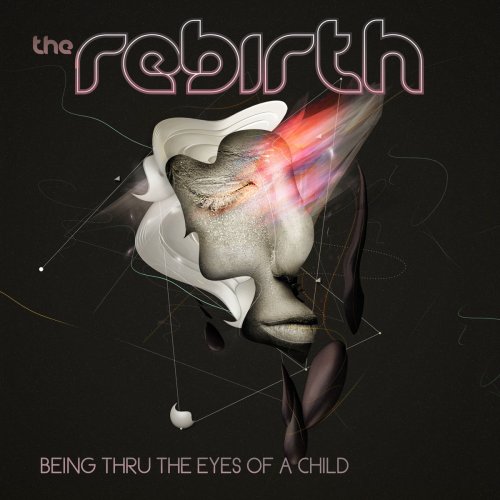
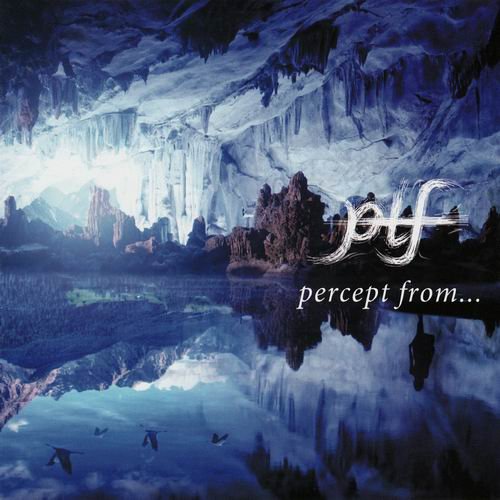
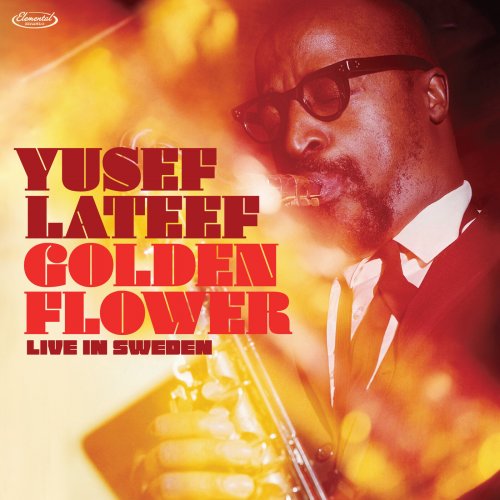

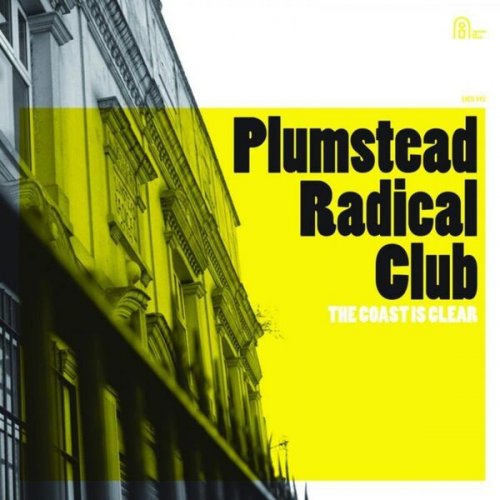
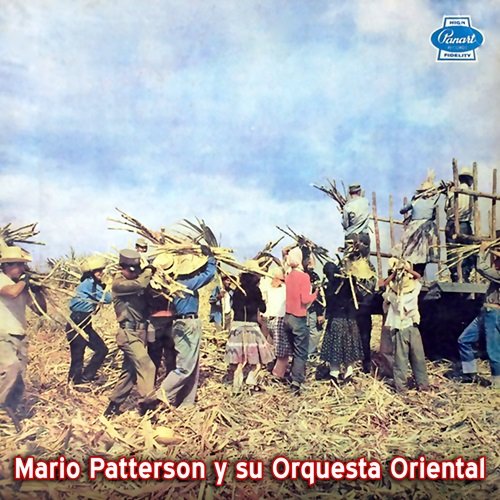
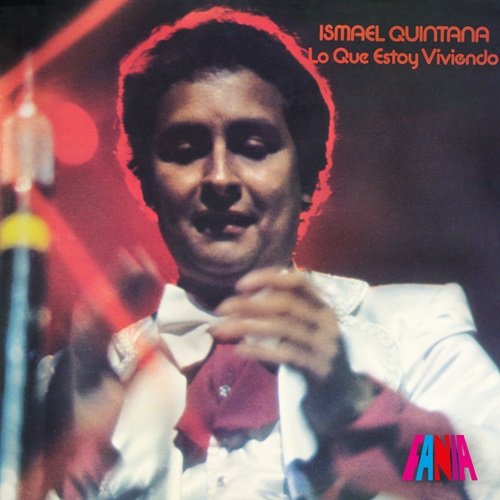
![Marvin J. Galaxy - The Valley of Dreams (2025) [Hi-Res] Marvin J. Galaxy - The Valley of Dreams (2025) [Hi-Res]](https://www.dibpic.com/uploads/posts/2025-12/1765272548_lujas0h3bmwkg_600.jpg)
